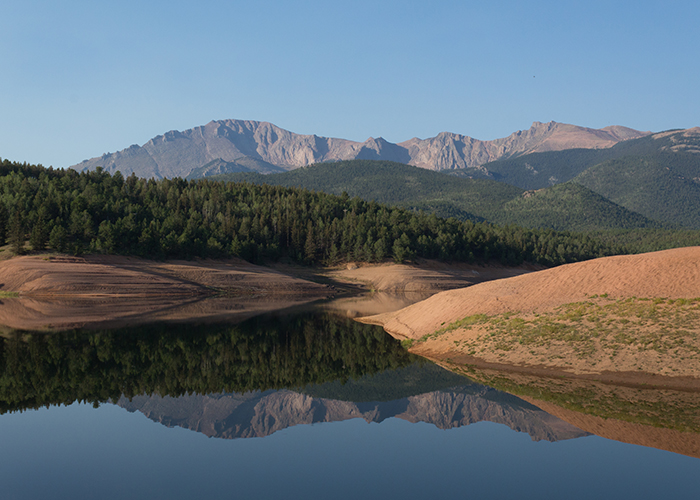 More 2020 Adventures |
Denver, CO → Florissant, CO → Capulin, NM → Walsenburg, CO 466.0 mi (750.0 km) |
 Next Day |
It’s a mile-high morning, everyone!
There’s only so much gardening that a beaver can do before he goes nuts! I’d been getting lots of emails from airlines that their air circulation systems work really great at stemming the spread of diseases, so I decided to give the Burbank to Denver route a try and salvage what I could of my 2020 national park goals! Arriving in Denver was a breeze, and I spent the night in Colorado Springs to launch into a good, long adventure!
When you think of Colorado, odds are, you probably think of Pikes Peak! There’s a Pikes Peak Brewery, Pikes Perk Coffee, and Pikes Peak Credit Union, but you’ll definitely remember “Pikes Peak or Bust” from the gold rush of 1859! This 14,115-foot purple mountain, whose majesty featured in the famous song America the Beautiful, was right on my adventure route, and open to cars from bottom to top! It would be foolish to pass up this Nationally Registered mountain while waiting for the first national park visitor center to open! So off I went!
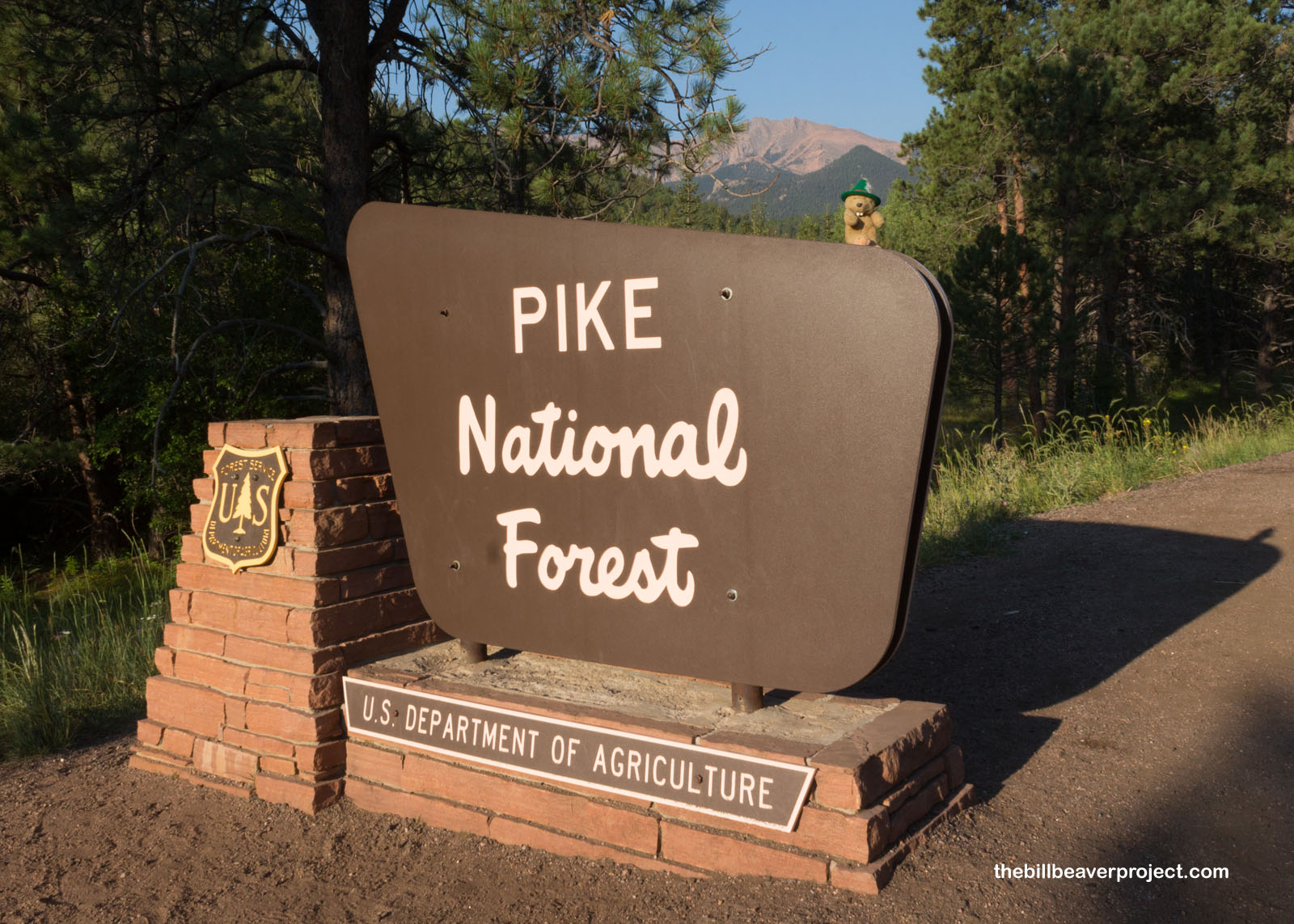 |
Right off the bat, I knew I liked this mountain because it had a Bigfoot Crossing sign! It’s very important for folks to watch out for Bigfoot while driving. The last thing anyone wants is to hit a Bigfoot!
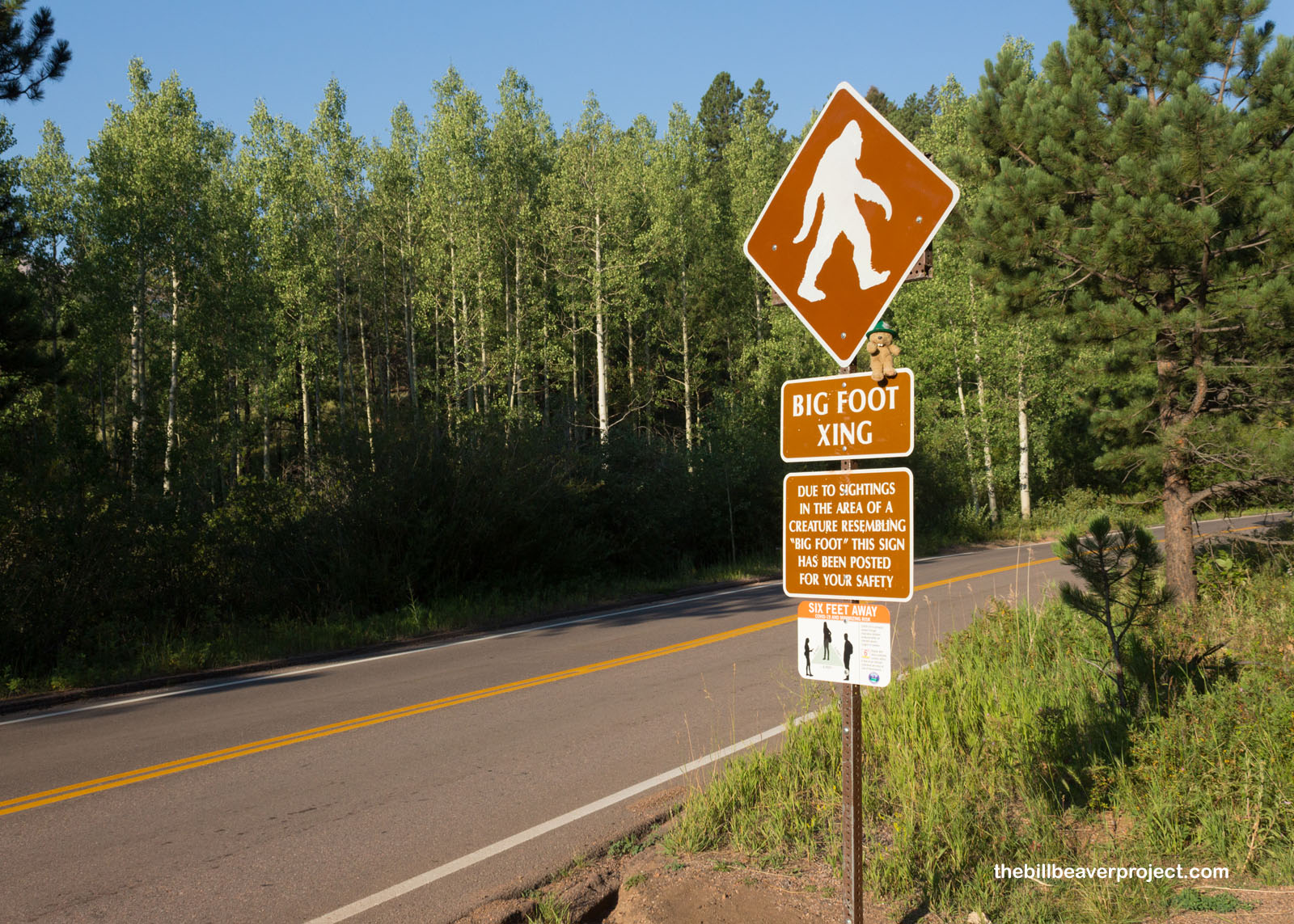 |
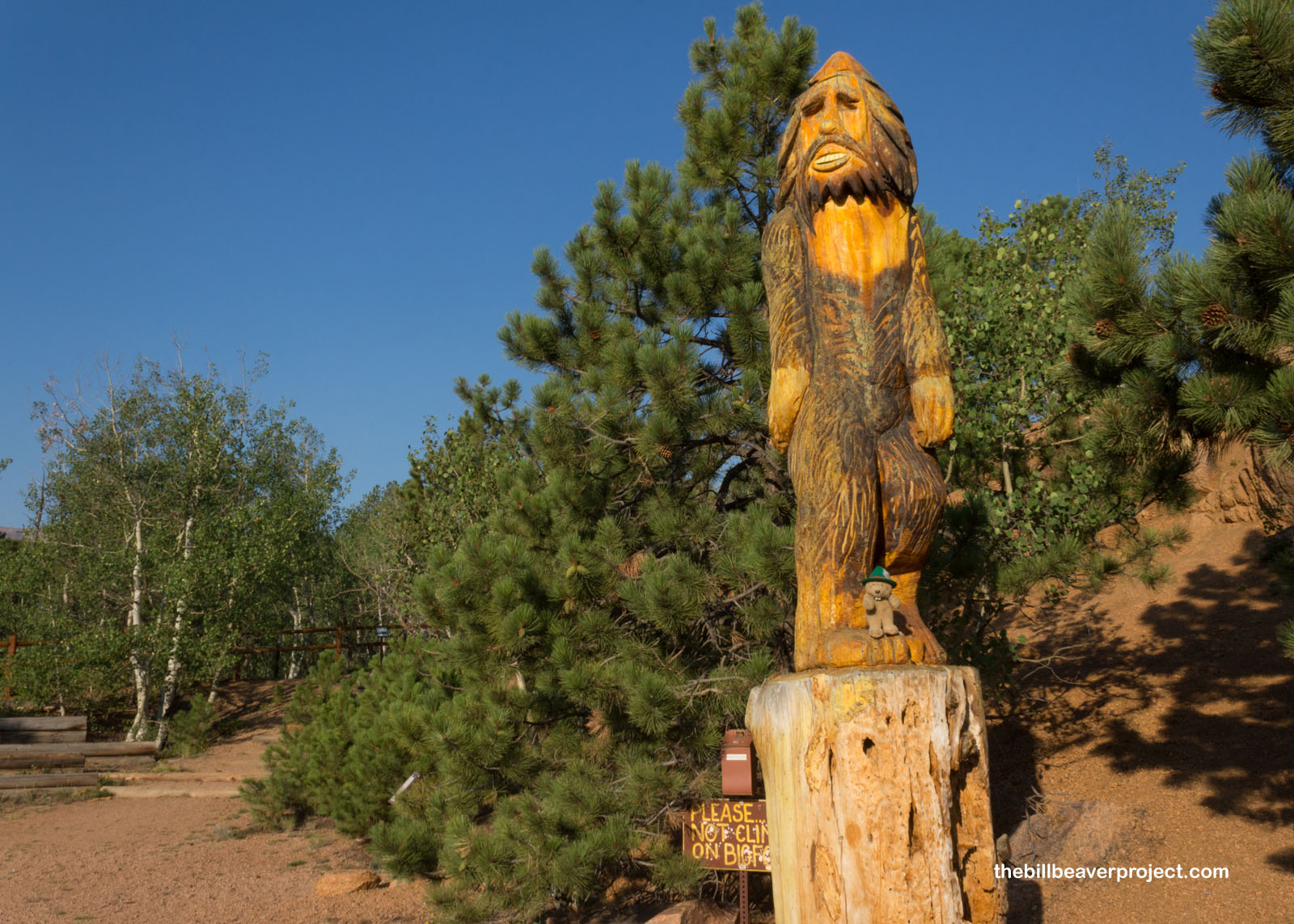 |
Apparently, Pikes Peak is Colorado’s hotbed of Bigfoot sightings, though it’s hard to find more information about them online. I guess even Bigfoot enjoys a mountain vacation from time to time!
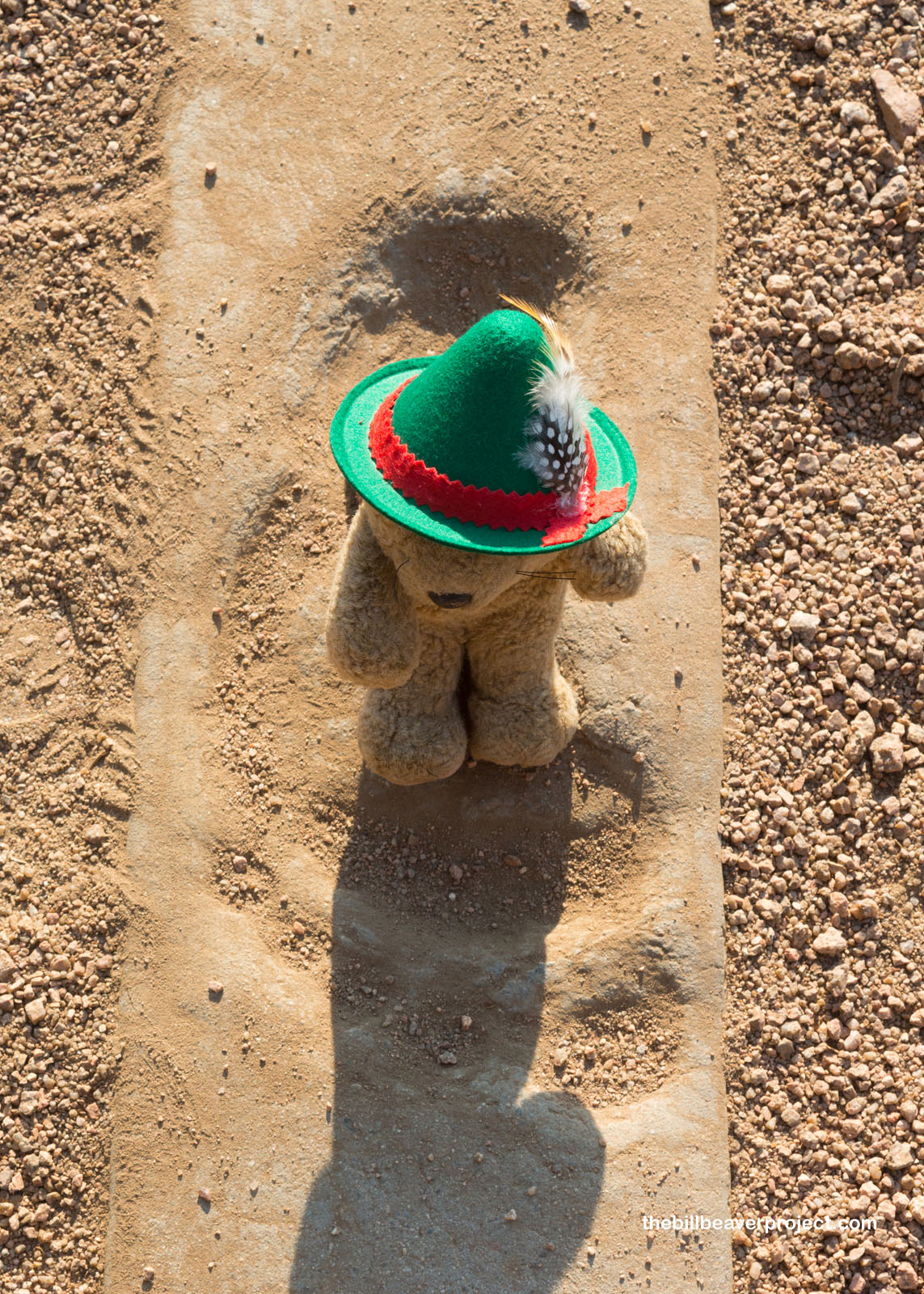 |
Apart from hurting Bigfoot, the other thing folks want to avoid on Pikes Peak right now is spreading COVID-19! At the end of my last trip, Colorado had 20,838 coronavirus cases, and today, there are 55,143. While this doesn’t hold a candle to LA County’s 223,131, it’s still important for humans to be cautious!
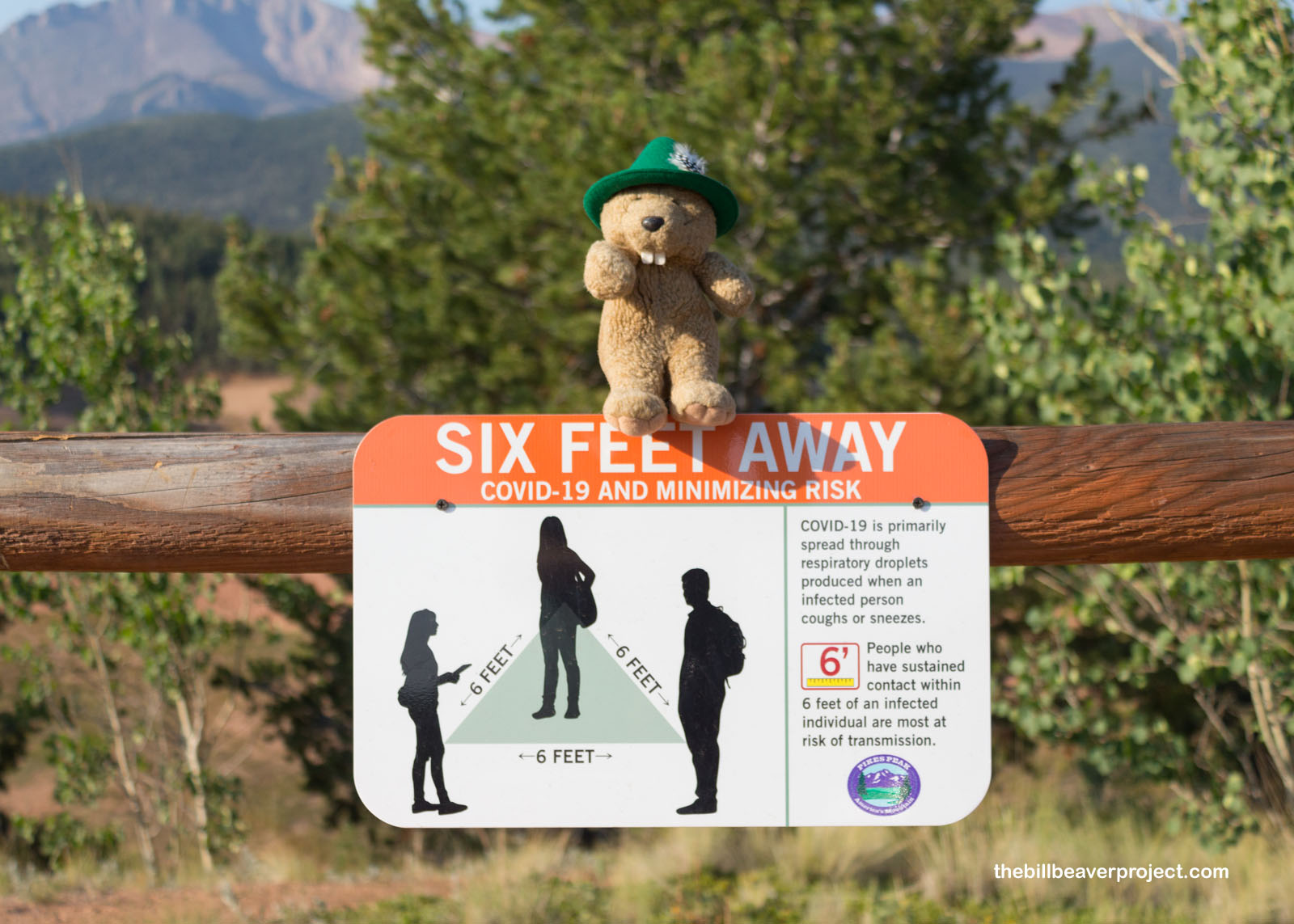 |
Unlike Los Angeles, which is on a Safer at Home order, the state of Colorado is “Safer at Home and in the Vast, Great Outdoors!” I could appreciate that while enjoying Pikes Peak reflected on Crystal Creek Reservoir! The Ute people who lived here originally called the mountain Tava, or Sun Mountain, and themselves the Tabeguache, or People of Sun Mountain! The Spanish renamed it El Capitán in the 1700s, and it gradually became popularized as Pike’s Peak after explorer, Zebulon Pike, noted it on his 1806 explorations of the new Louisiana Purchase territory. It’s worth mentioning that Mr. Pike didn’t actually summit this peak; the first ascent was by Edwin James in 1820. “James Peak” just didn’t stick.
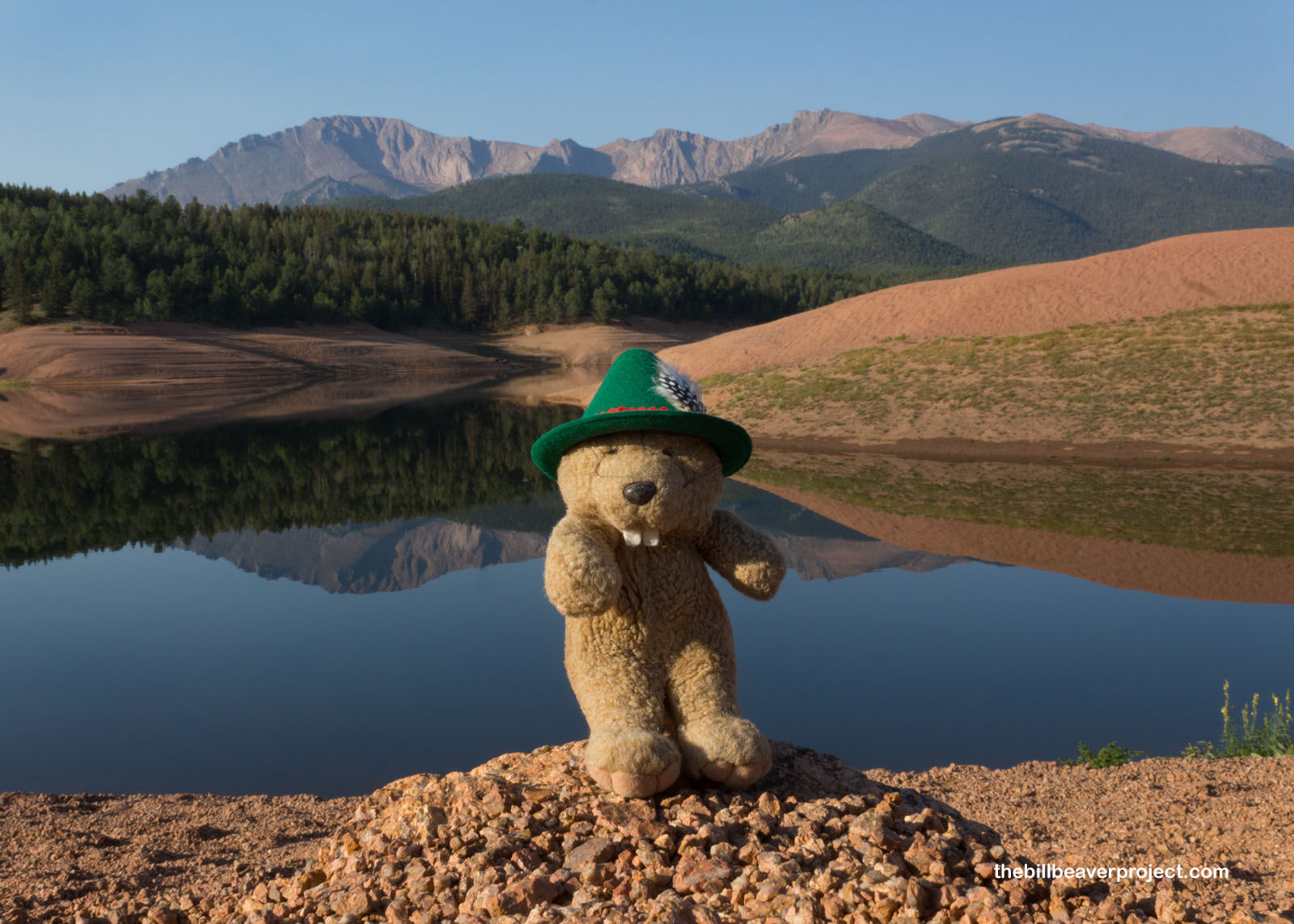 |
Speaking of summits, the historic summit of Pikes Peak was in the middle of an overhaul because its historic structures were starting to collapse! That meant the last few miles of the drive had to be made by shuttle, but at least the visitor center and the summit sign were open for photos and the famous Pikes Peak donuts!
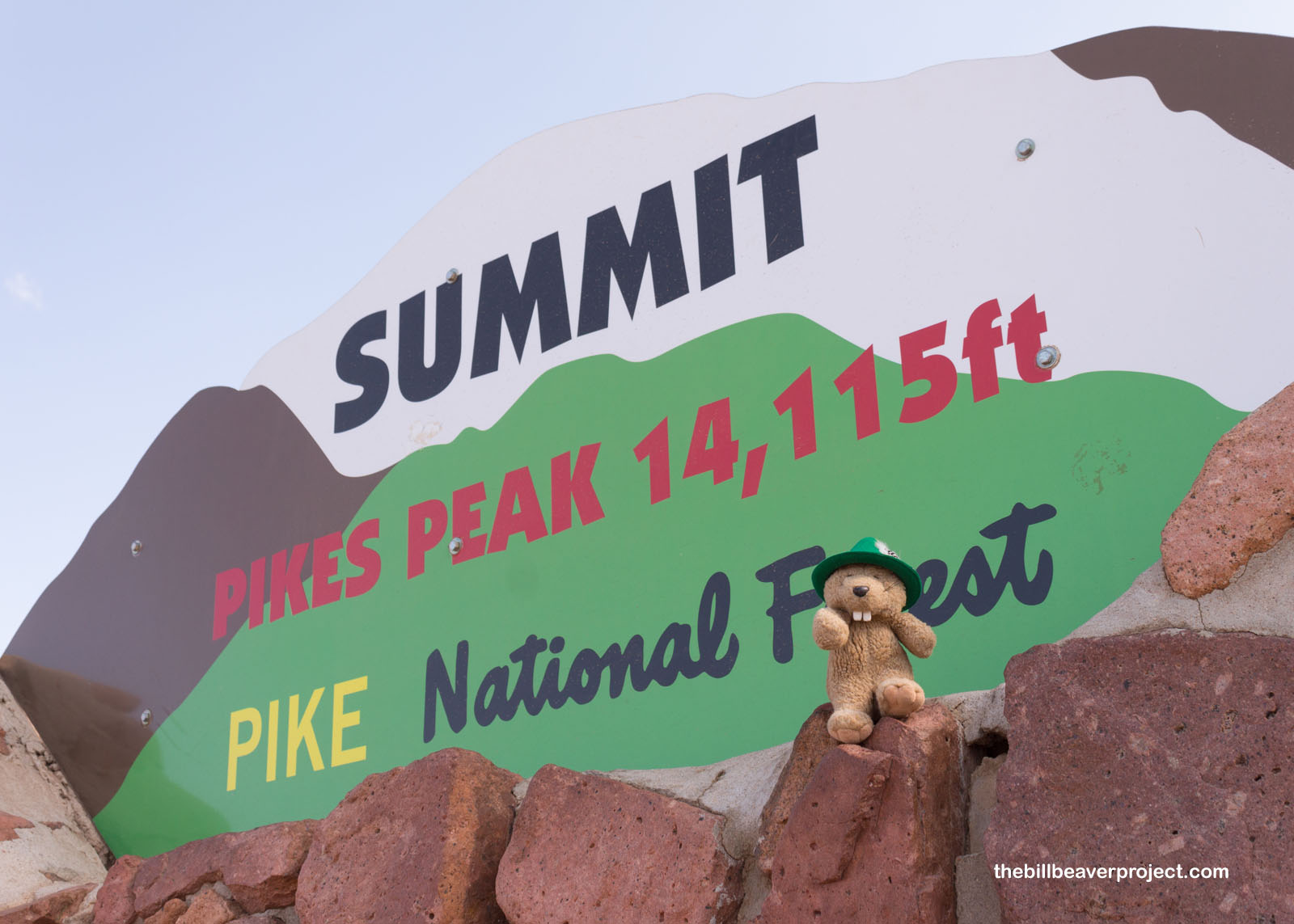 |
What makes these donuts so special, you ask? Well, they’ve been for sale here, in America’s highest fryer, since 1888! That’s when the mayor of Manitou Springs converted an abandoned Army weather station into a coffee and donut shop! The low-oxygen environment up here gives these delicacies a fluffiness that can’t be replicated at lower altitudes, so even though they’re neither sugar-coated nor glazed, they taste pretty darn good! A westward view from Pikes Peak is also a prime place to enjoy such a treat and plan the next stage of the day’s adventure!
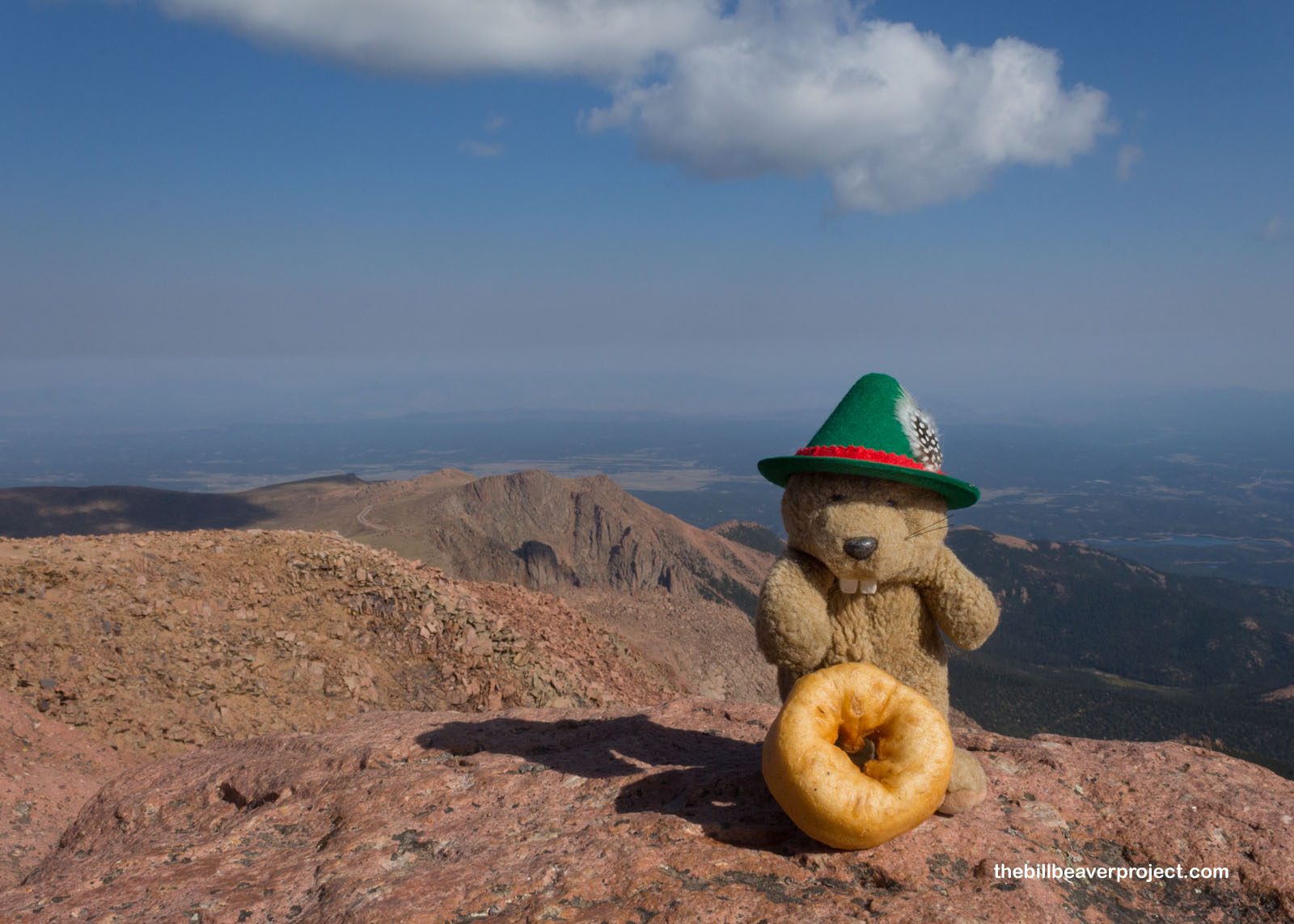 |
My first national park unit stop was Florissant Fossil Beds, which, having yielded over 1,800 fossil species since the 1870s, is one of the world’s richest fossil deposits!
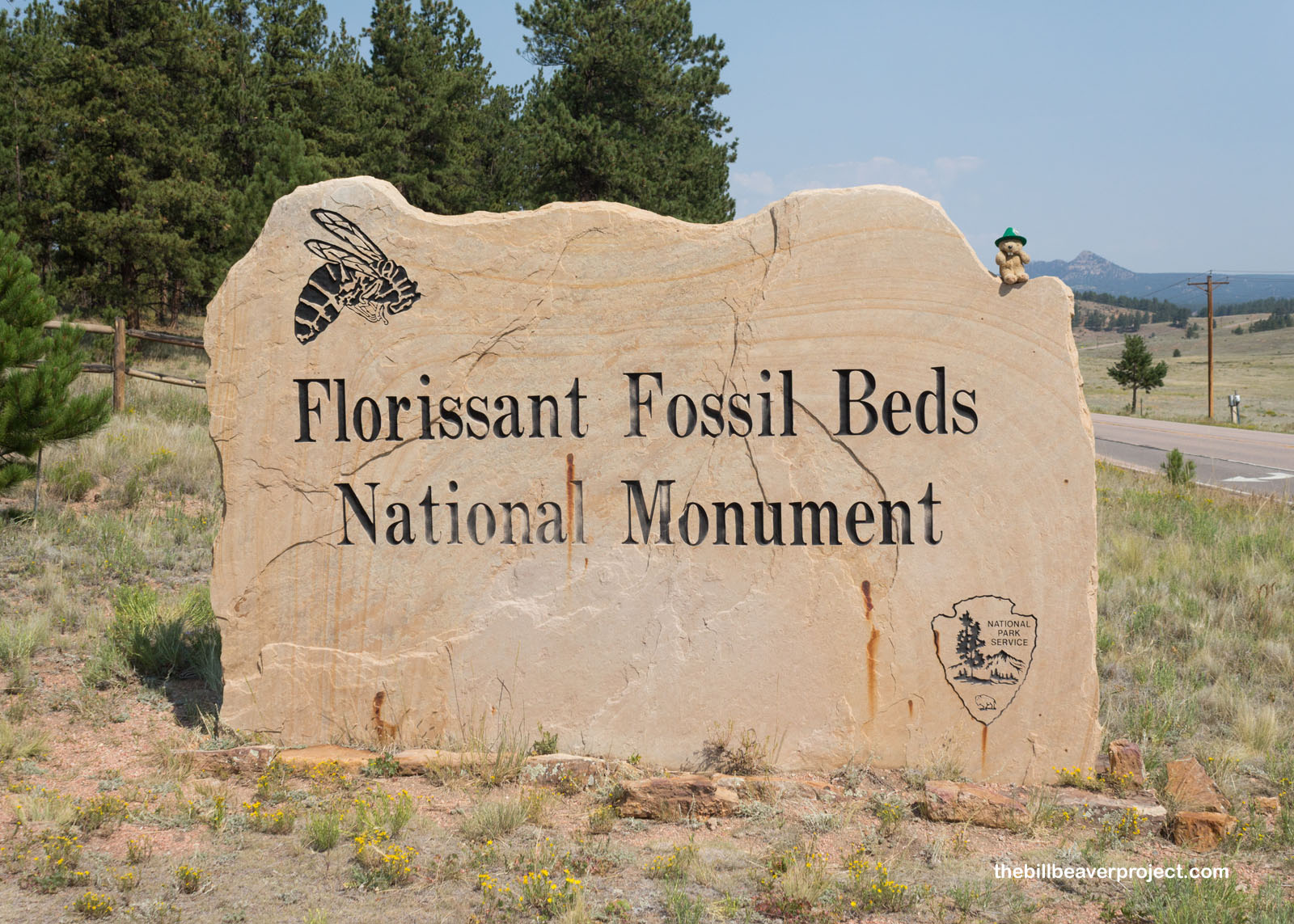 |
Though I couldn’t learn much from the visitor center, which was just a walkthrough during the pandemic, there was plenty to learn from the signs just on the other side!
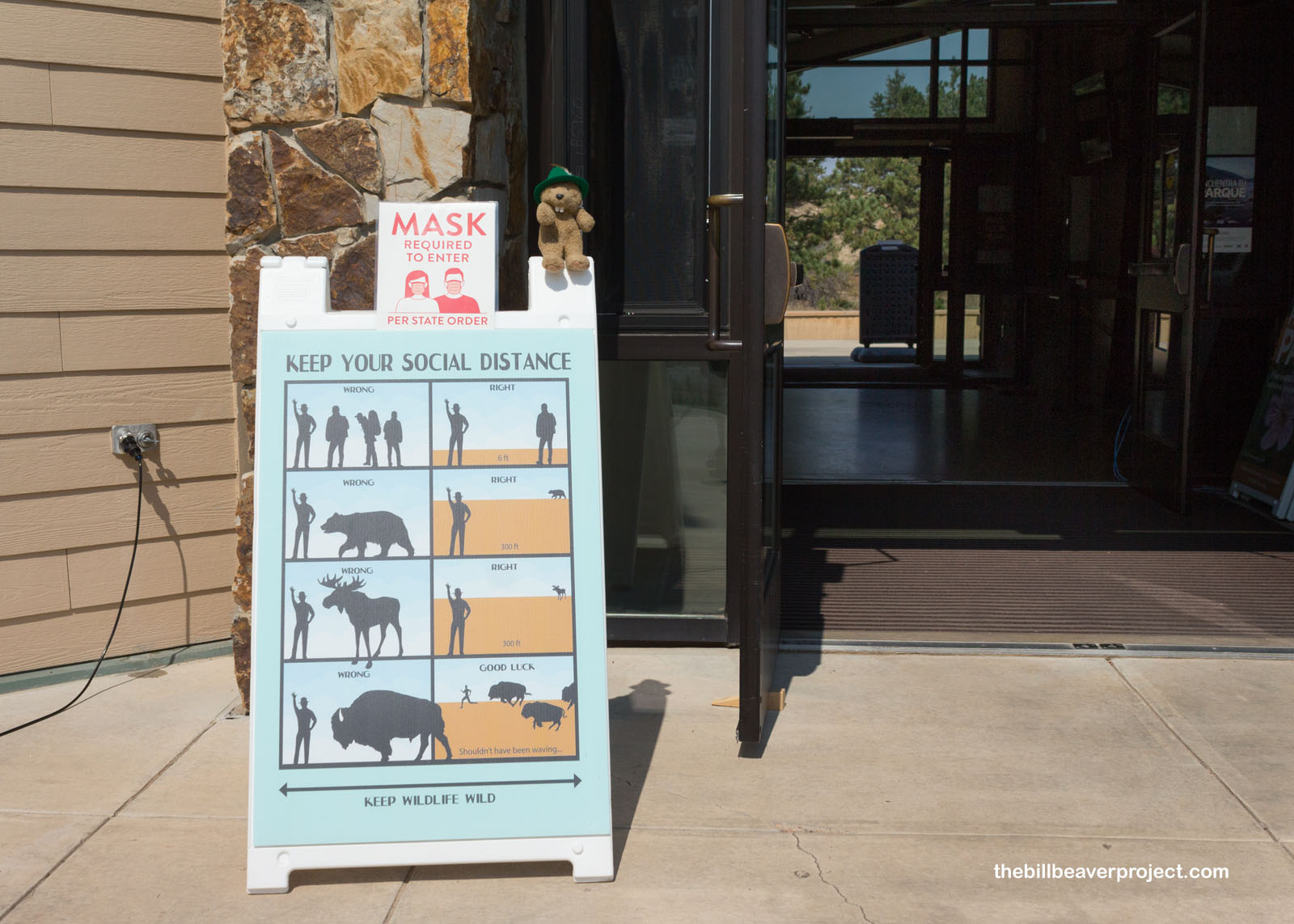 |
The biggest attractions of Florissant Fossil Beds are the 14-foot, Eocene redwood stumps that have been preserved by volcanic mud called lahar!
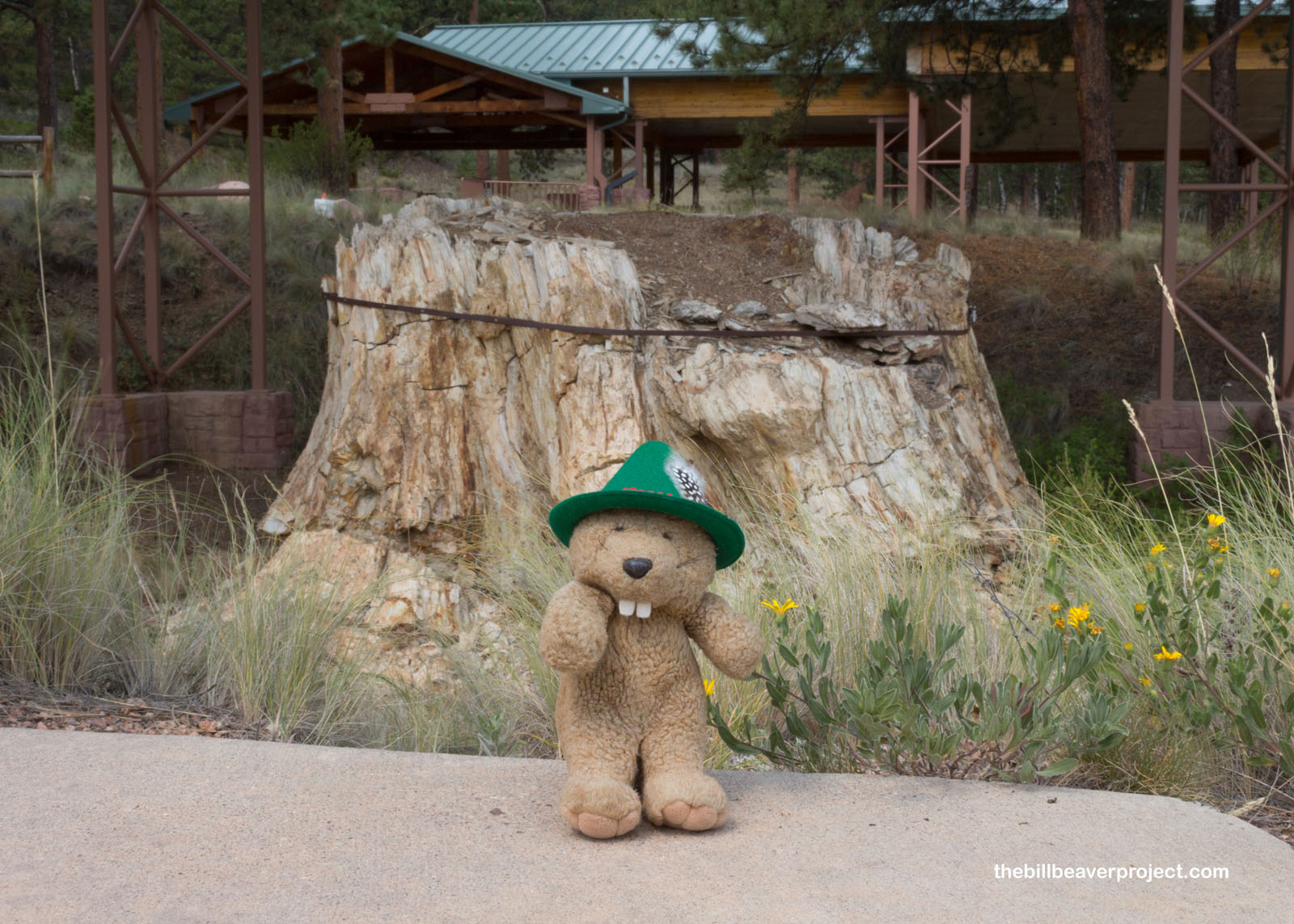 |
The passage of the Homestead Act in 1968 brought lots of settlers into Florissant, and these ancient trees didn’t escape them for long. Samuel Scudder discovered 600 new species in his first excavation in 1877, and Charlotte Hill, while already ranching and raising seven children around the same time, discovered many more, like the Prodryas persephone butterfly that helped put Florissant on the map! Yet, the trees, especially the mega-rare redwood trio now by the visitor center, were the bread-and-butter for the tourism industry.
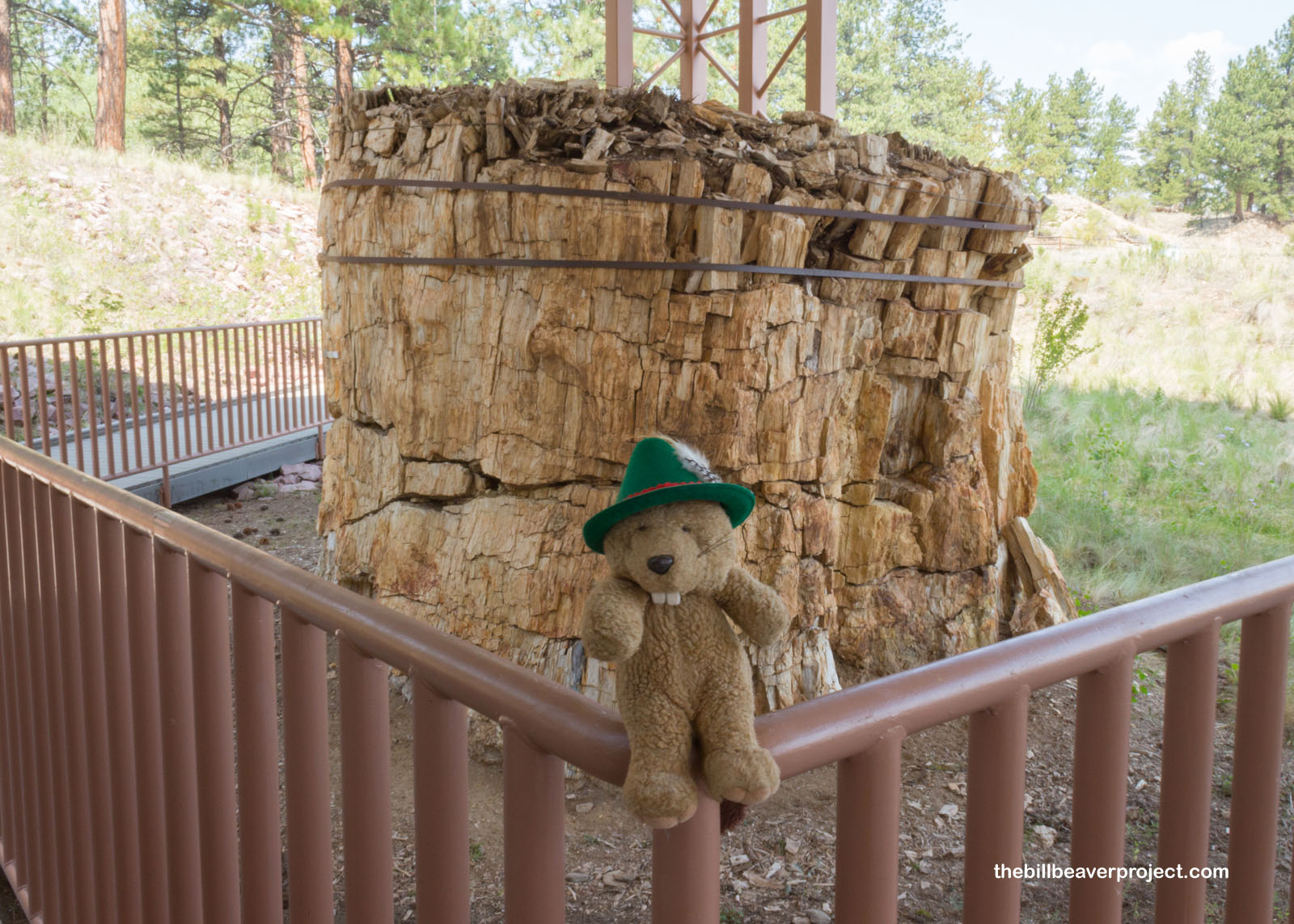 |
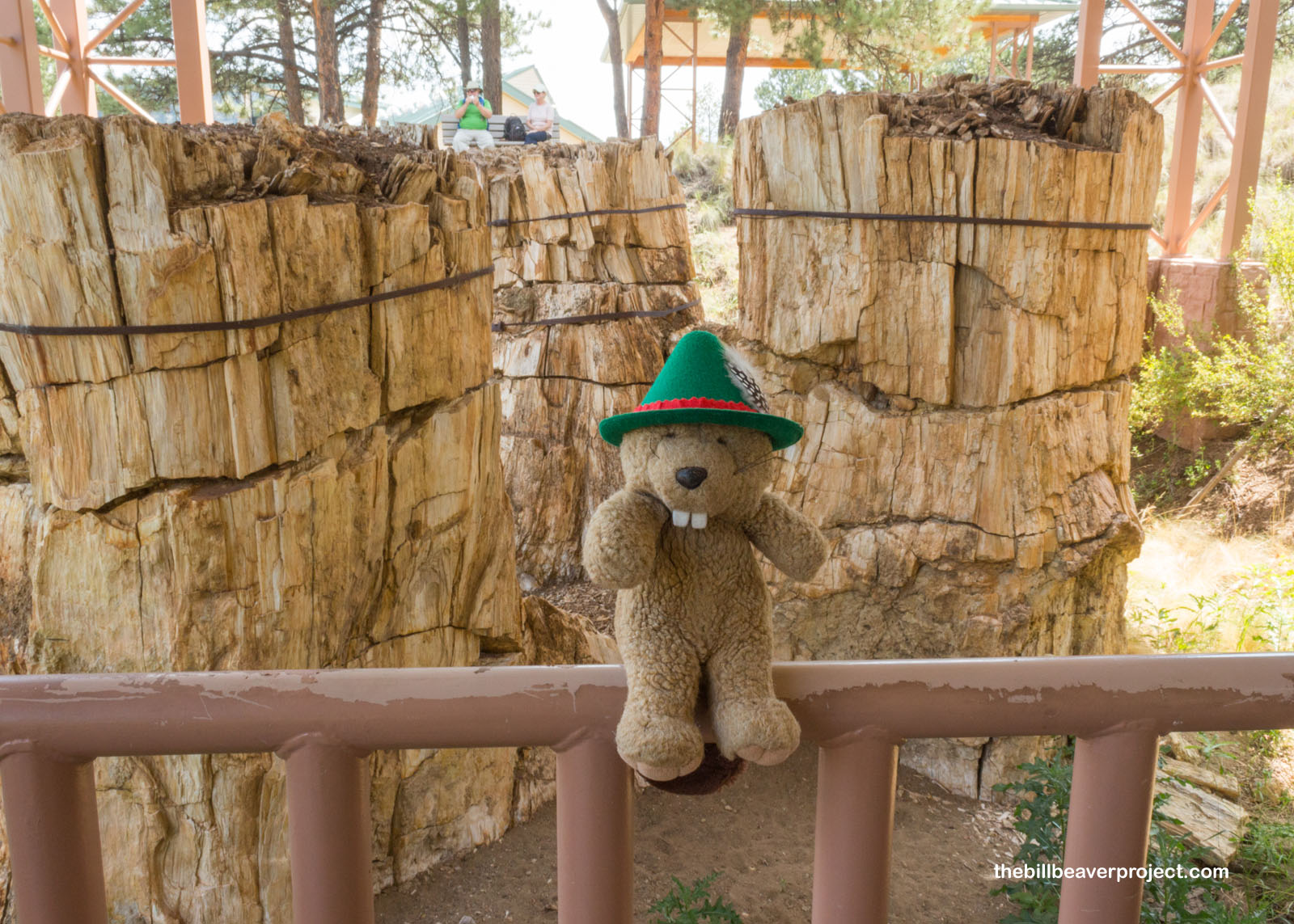 |
What is now the 1-mile Petrified Forest Loop was once divvied up into multiple competitive fossil attractions, each doing their best to sabotage the other!
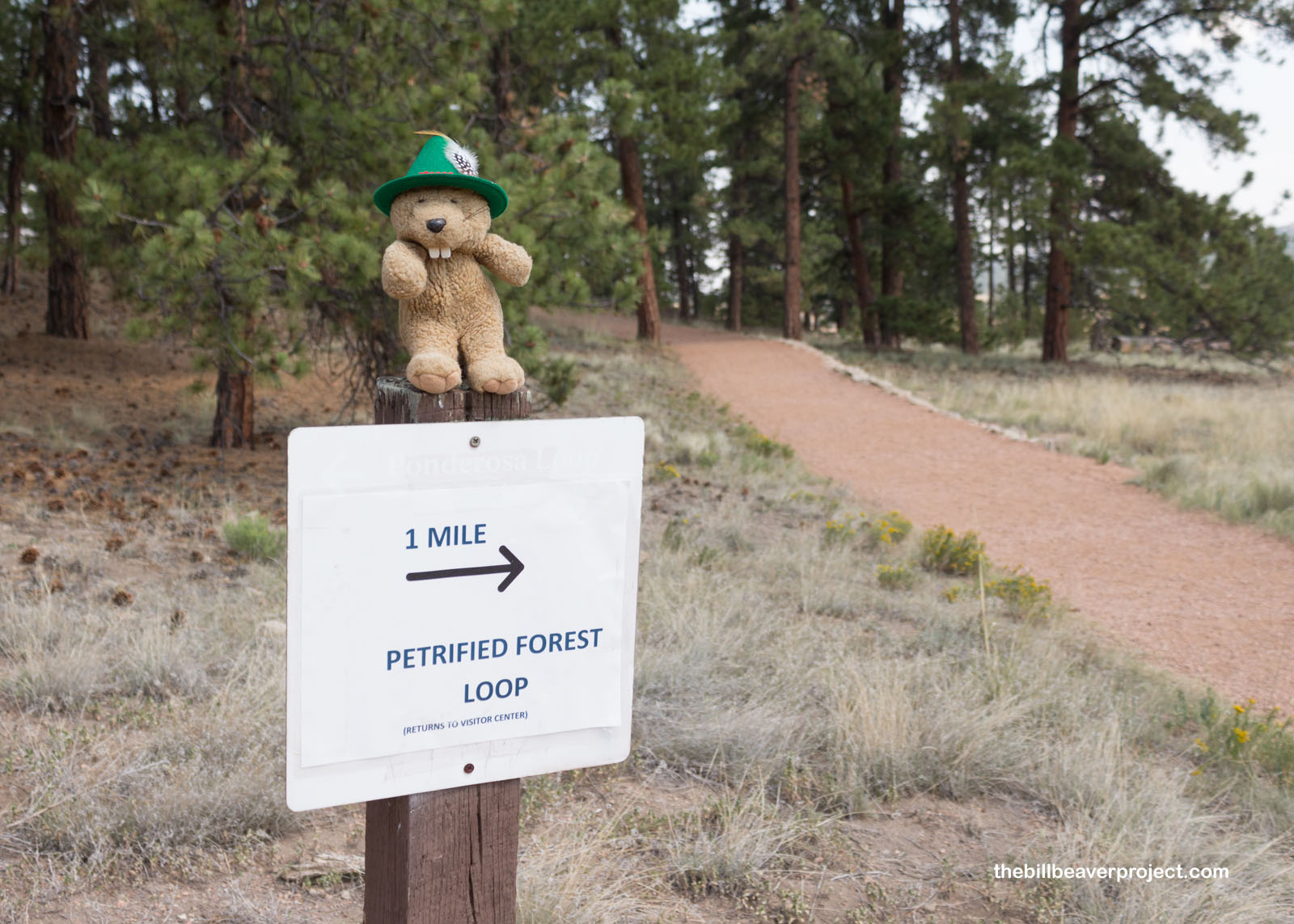 |
While the Trio back at the visitor center were part of the Pike Petrified Forest (owned by the Henderson Family), the Big Stump here was part of the Singer family’s Colorado Petrified Forest. The Singers ran a dude ranch here, and while they damaged the area’s largest stump by trying to cut it apart, they did also excavate the base to give a better idea of just how huge this tree was (maybe 230 feet tall)!
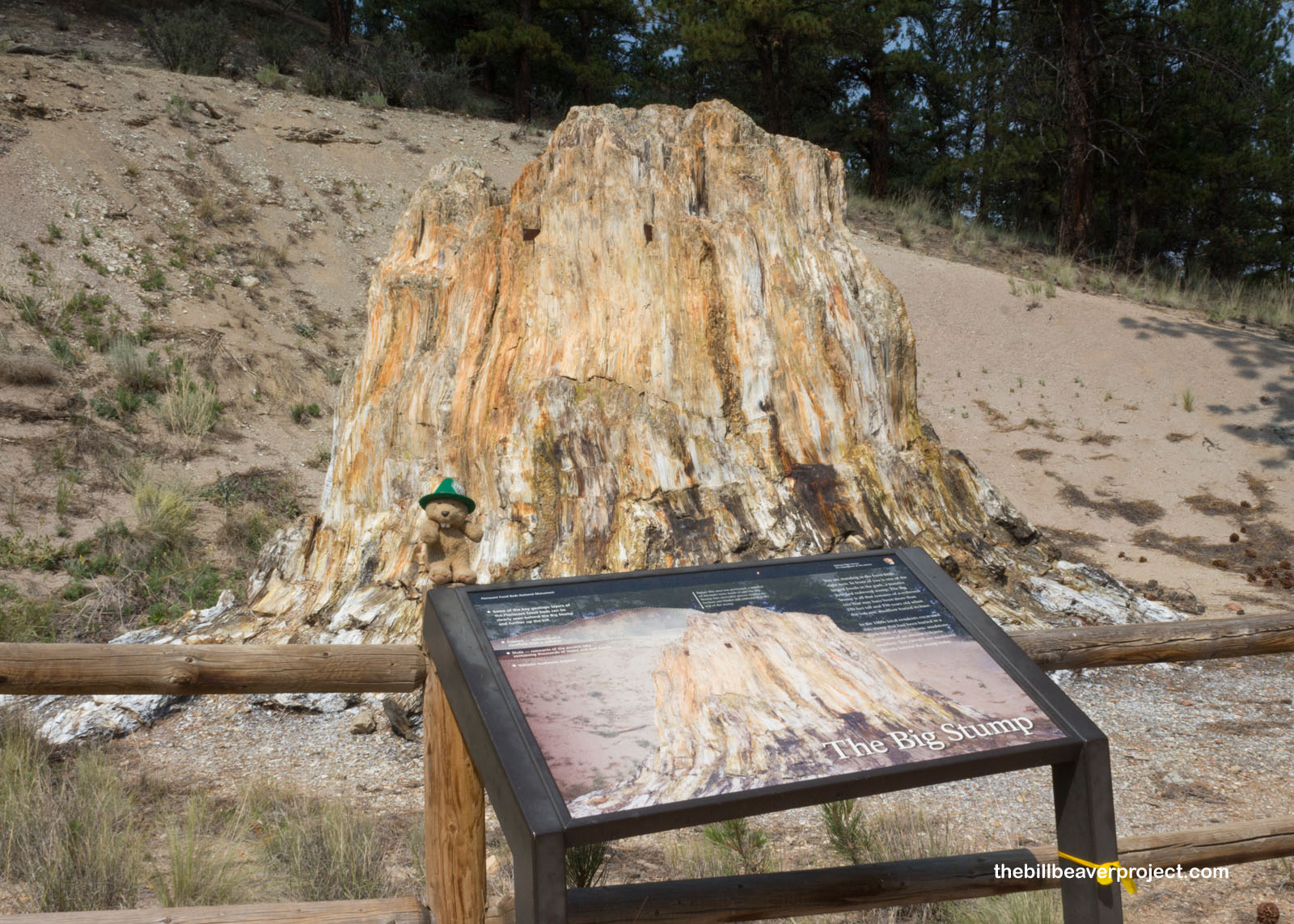 |
Before this became a national monument in 1973, it had been heavily picked over by souvenir collectors, which means few of the stumps are as massive as they were when settlers first arrived. Nonetheless, they still have lots of information about times long forgotten, even in the rings that survived 37 million years of petrification!
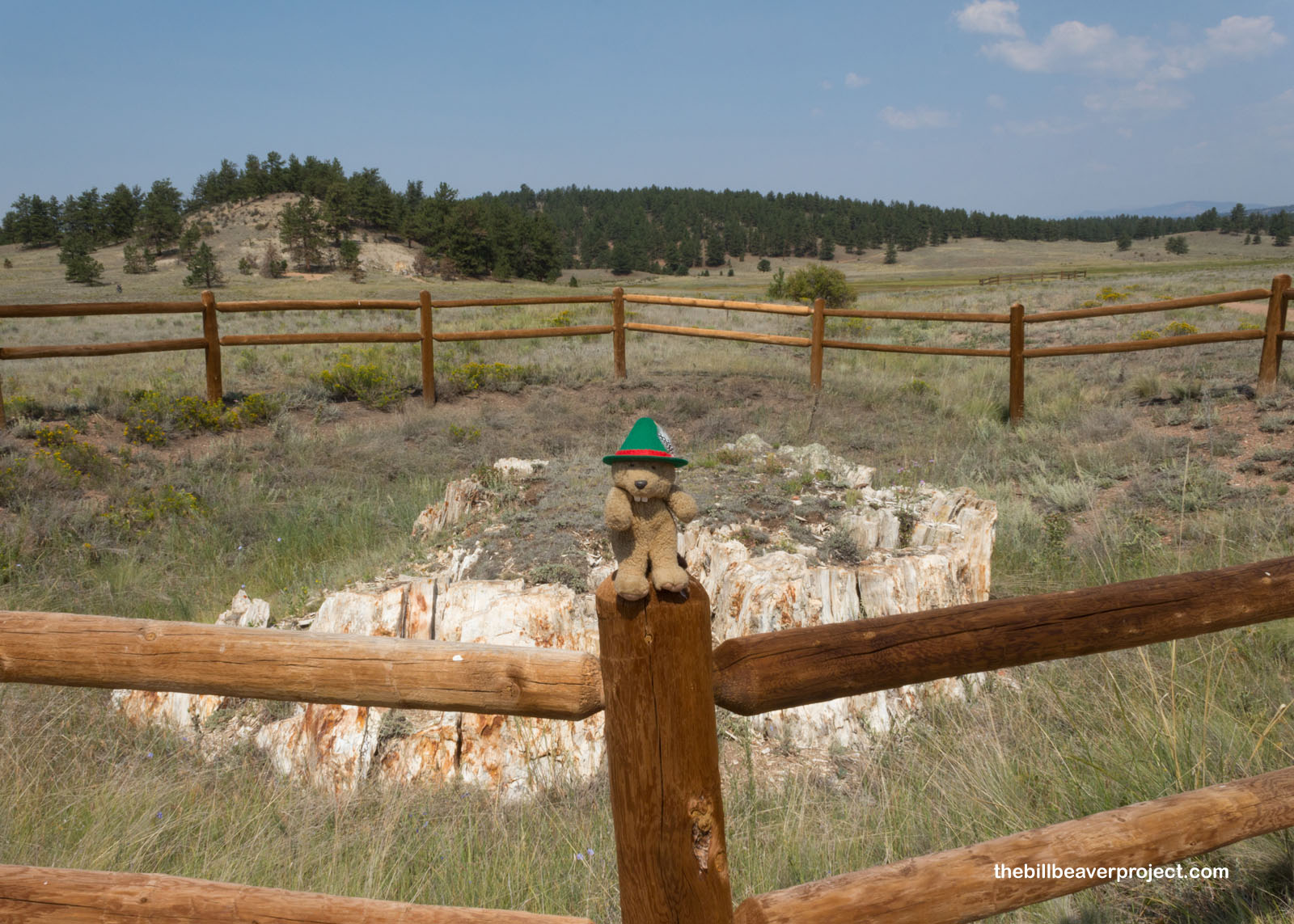 |
I completed my loop wishing the years had been kinder to these amazing trees and for more opportunities to see the smaller fossils that had been excavated from here. For now, I would have to settle on the bigger picture, which also included getting to the night’s final destination in a timely manner!
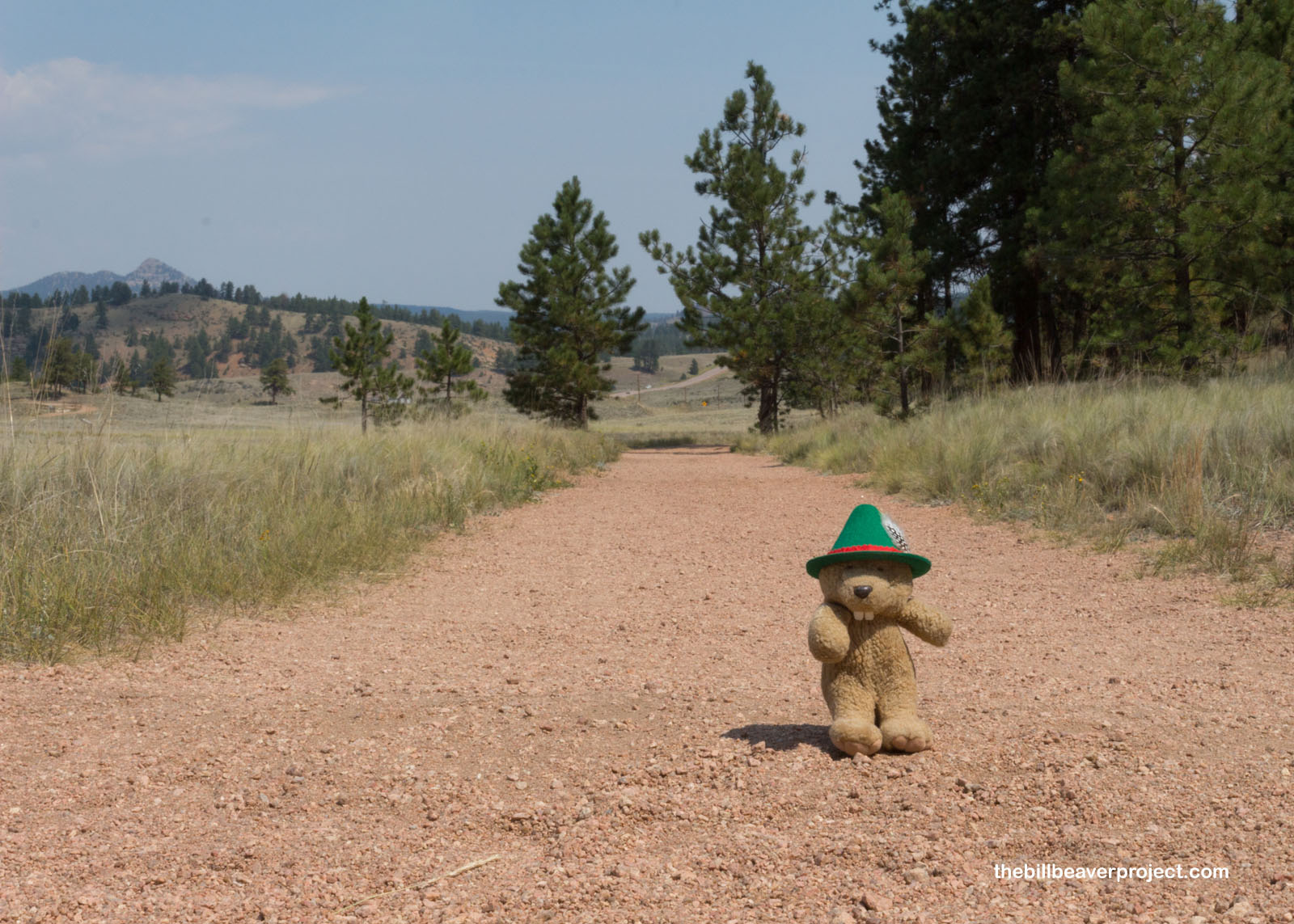 |
This evening, I planned to visit Capulin Volcano National Monument, just over the border in New Mexico! The last time I was in New Mexico, I couldn’t visit because of a landslide that took out the road. Strangely enough, the monument was now more open during the pandemic. I just needed to be there before it closed at 4:15!
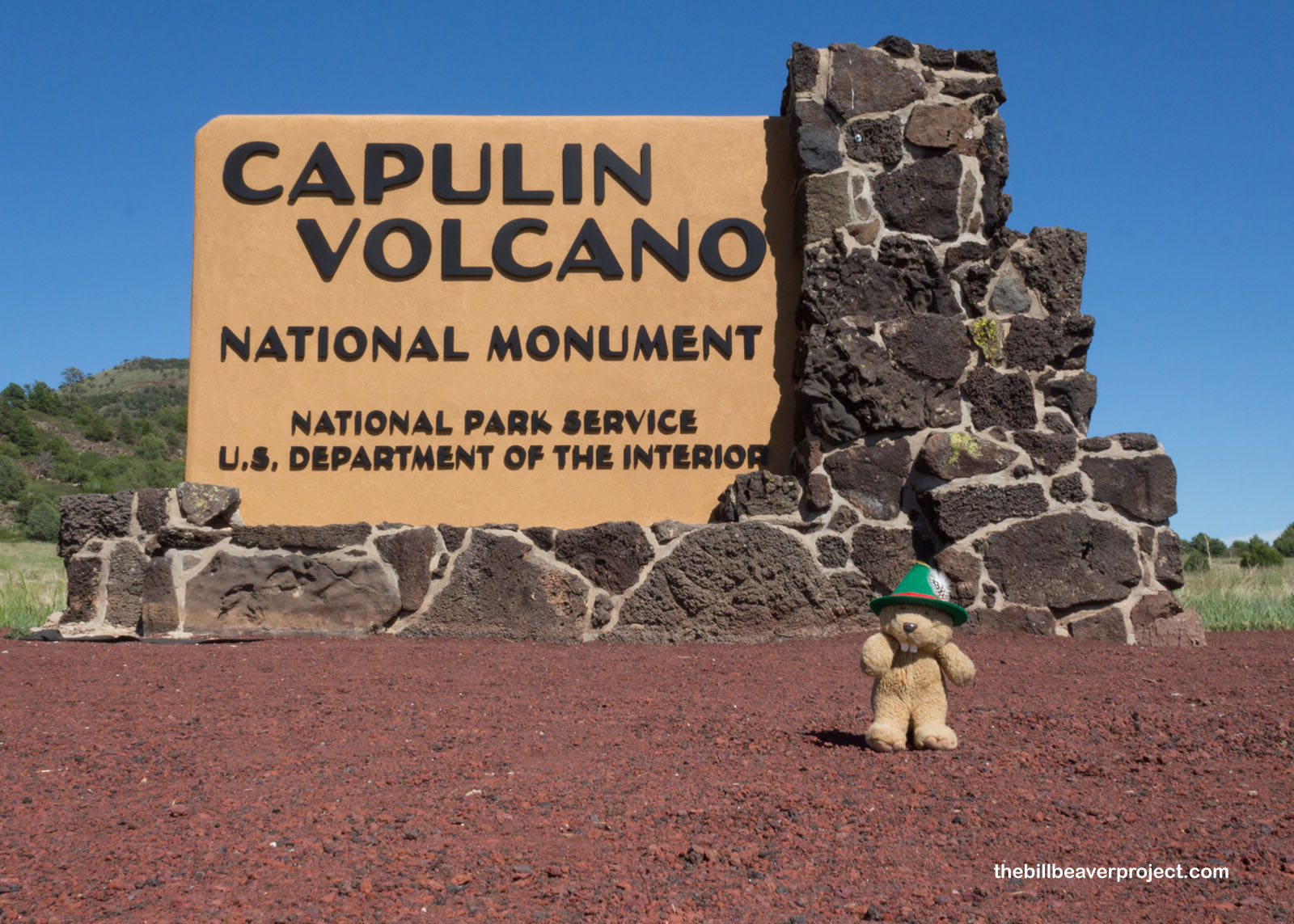 |
Capulin Volcano is a 1300-foot high cinder cone volcano that Spanish ranchers named capulín after the many chokecherries (prunus virginiana) that grew all over it! It’s a small monument, so I was confident I’d get to see what I hoped to see!
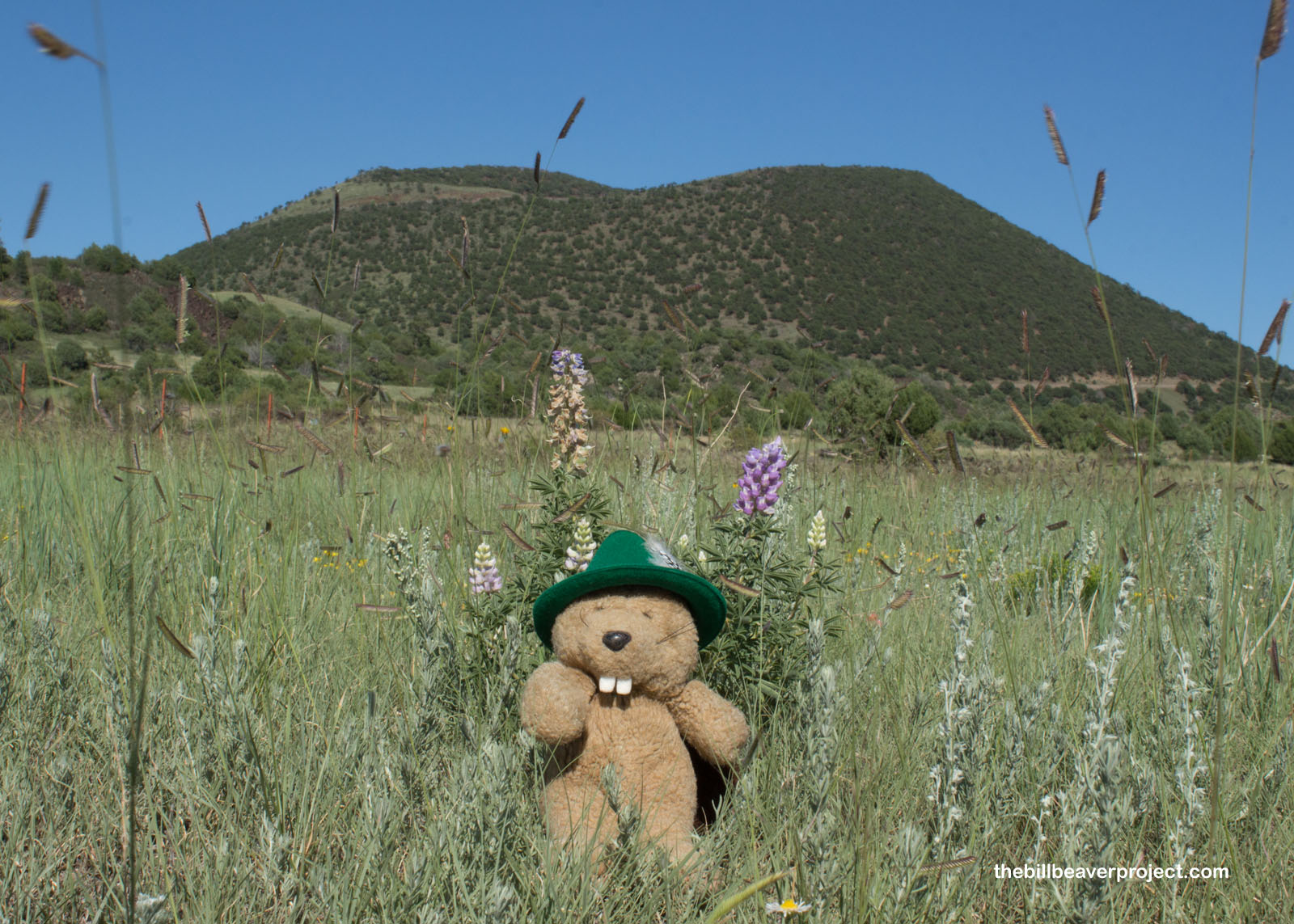 |
I arrived at 3:30 with just enough time to reach the top of the spiraling Volcano Road and do a trek to the bottom of the crater. I did have to take a look out from the parking lot, though, because they say you can see four states from the top of the mountain. I was only able to see Colorado and New Mexico, but the other side has vistas of Texas and Oklahoma!
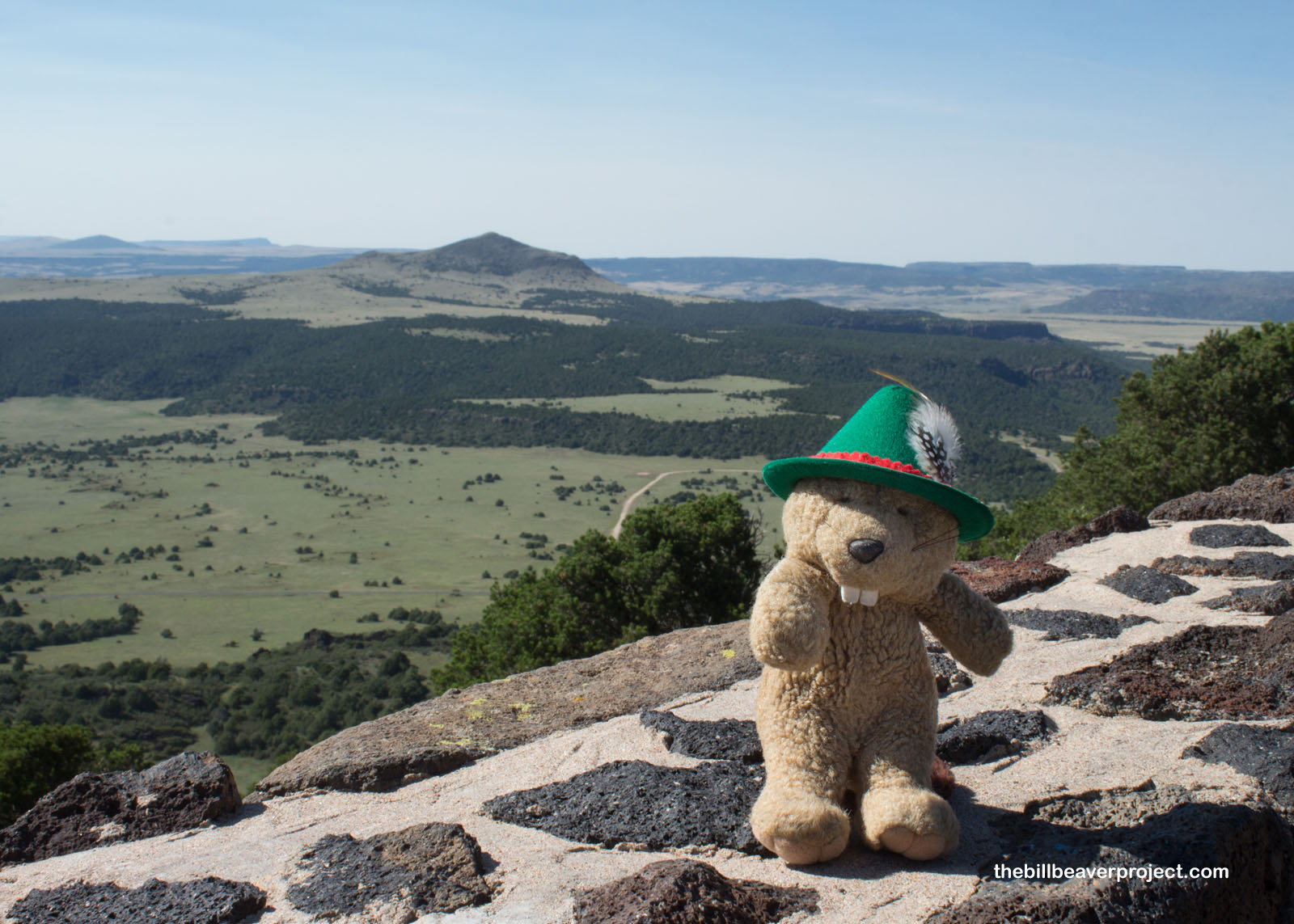 |
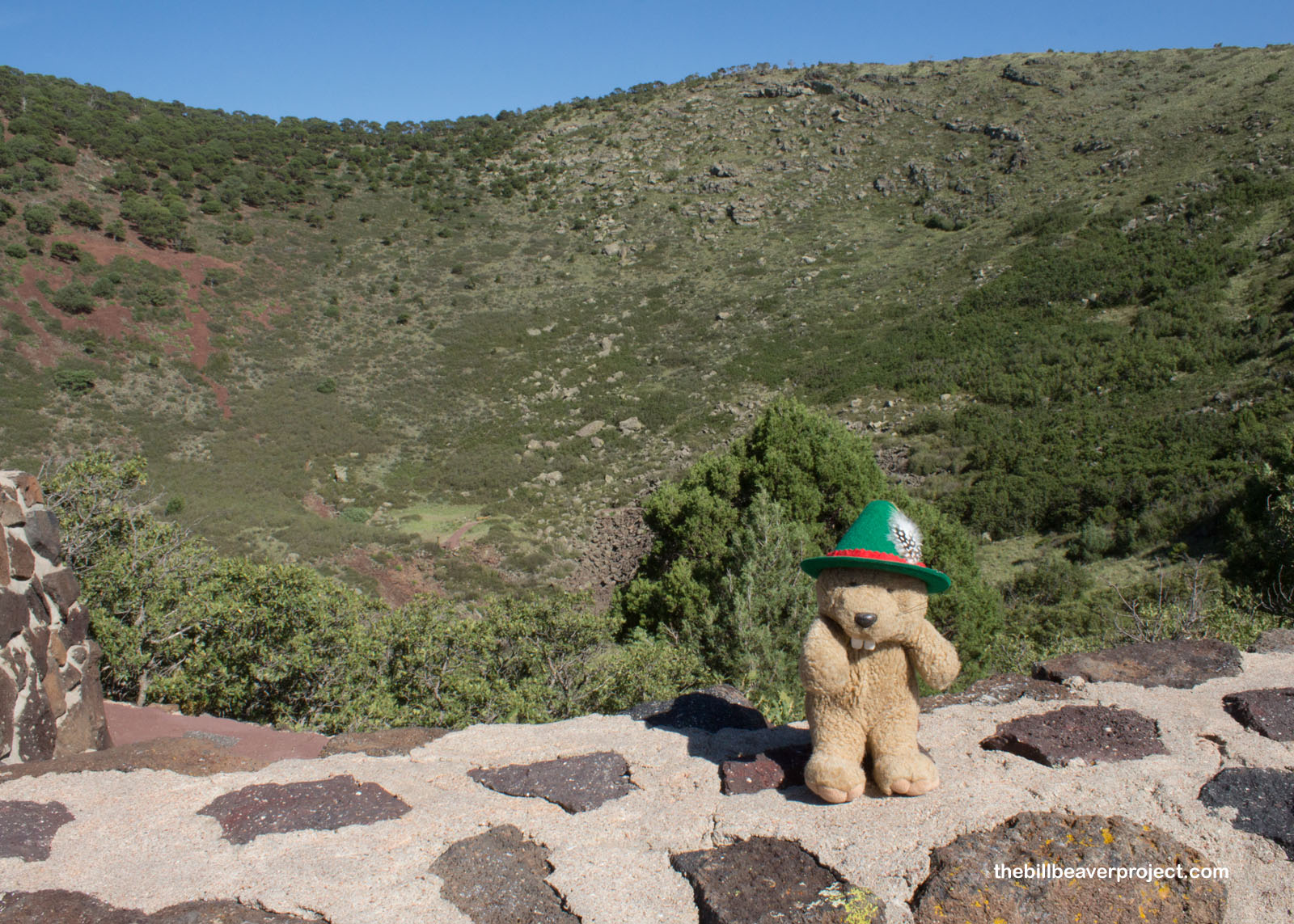 |
The path into the crater was steep but not long at all! There were a few other folks trying to get to the bottom of things before the ranger kicked us out, but it was still pretty easy to maintain social distancing.
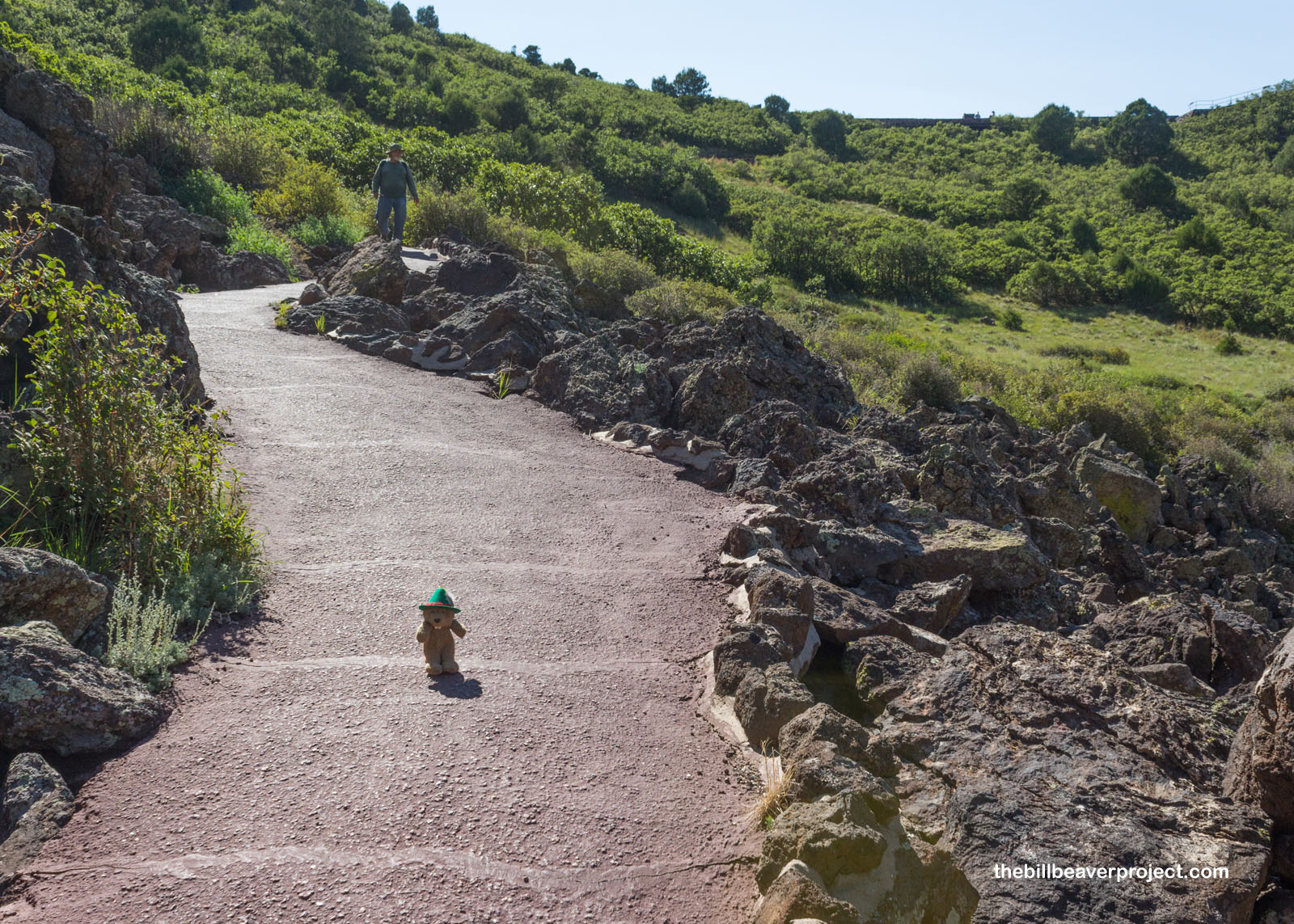 |
Capulin Volcano is part of the 8,000 square mile Raton-Clayton Volcanic Field! This lava field dates back to the Cenozoic, about 30 million years before the volcanoes of Florissant buried those redwoods, but it was active as recently as 9 million years ago! The lava rocks near the bottom of the vent are remnants of these past eruptions, which piled up over millennia to both create and plug up this volcano!
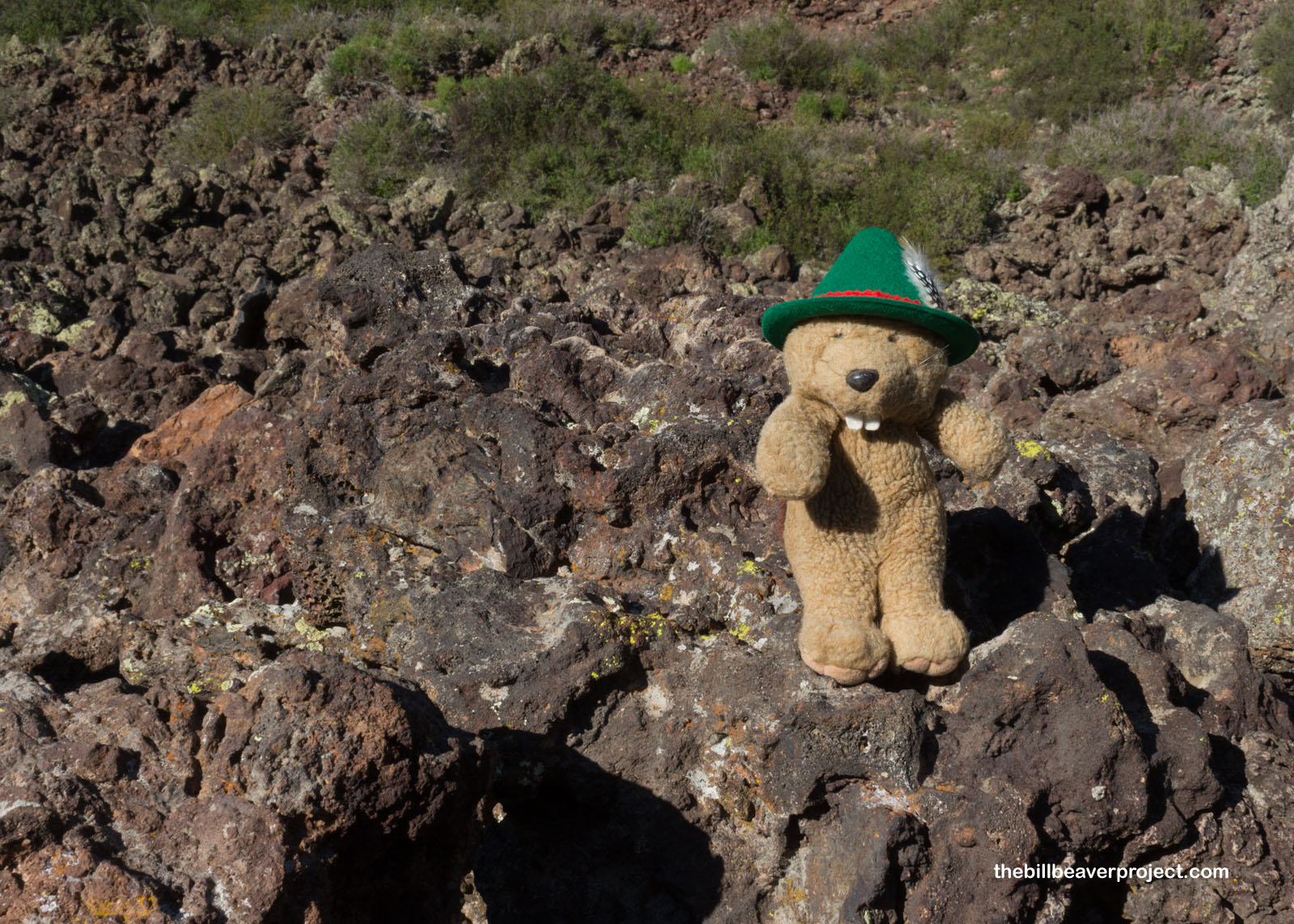 |
Unlike a mountain summit, the reward at the bottom of this volcanic vent wasn’t as spectacular, but it was at least neat to say I was standing in the belly of a long-slumbering beast! Beast though it may have been, it wasn’t as scary as time slipping away under the watchful eyes of the ranger, so I hustled my way back to the top and off the volcano.
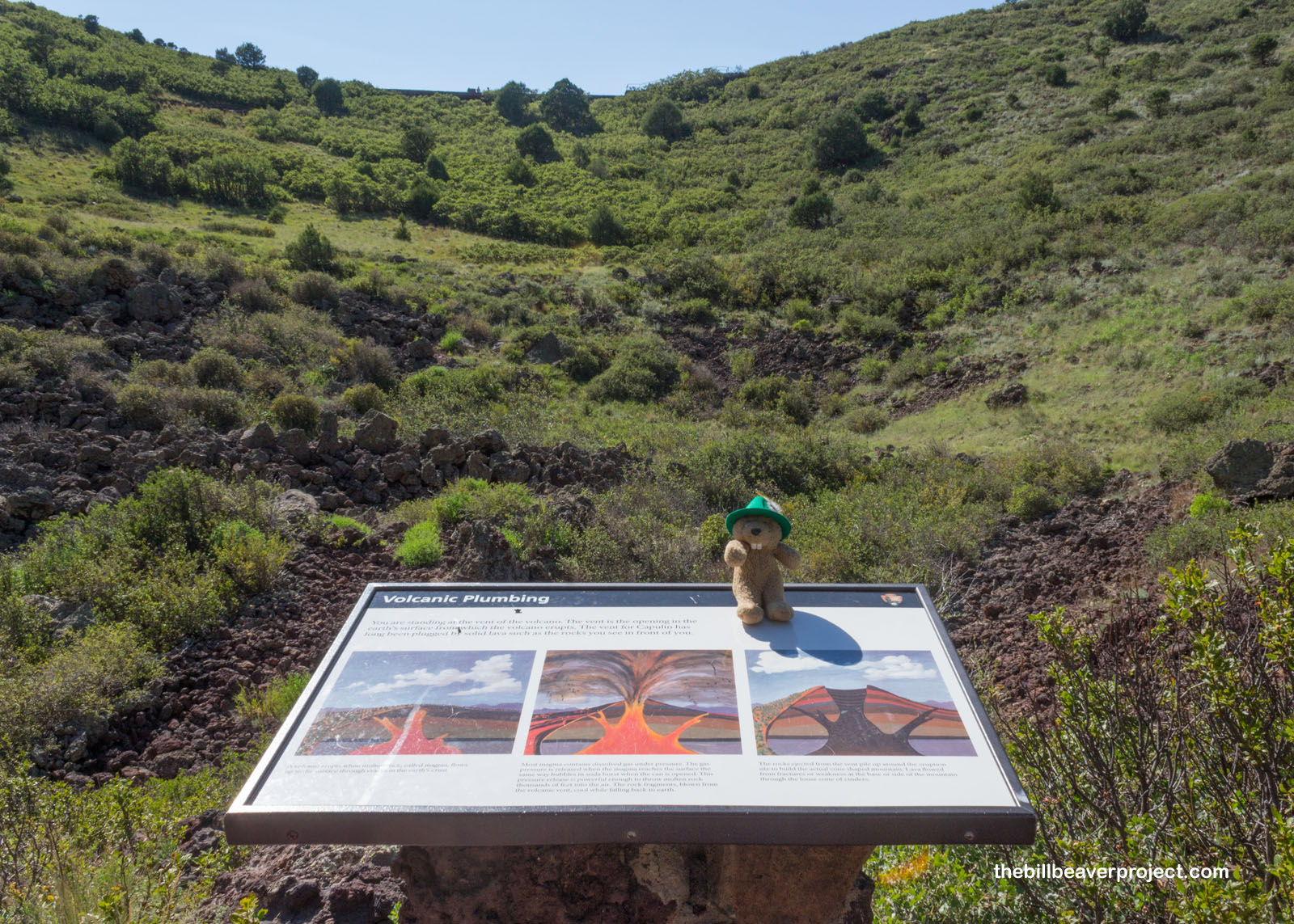 |
Now northbound to Walsenburg, Colorado, I’m preparing for the next stage of my Rocky Mountain park adventure, which, thanks to some converging pandemic-related circumstances, will be epic in scope! Be sure to tune in for Day 2 at the Great Sand Dunes! For now, I need to find some dinner in a sleepy little town that hates Mondays more than Garfield!
‘Til Tuesday!

 More 2020 Adventures |
Total Ground Covered: 466.0 mi (750.0 km) |
 Next Day |
